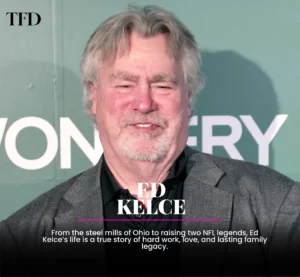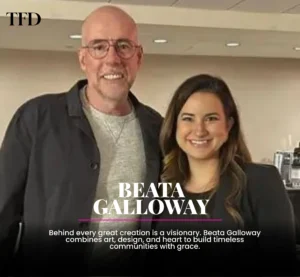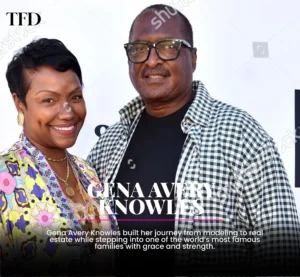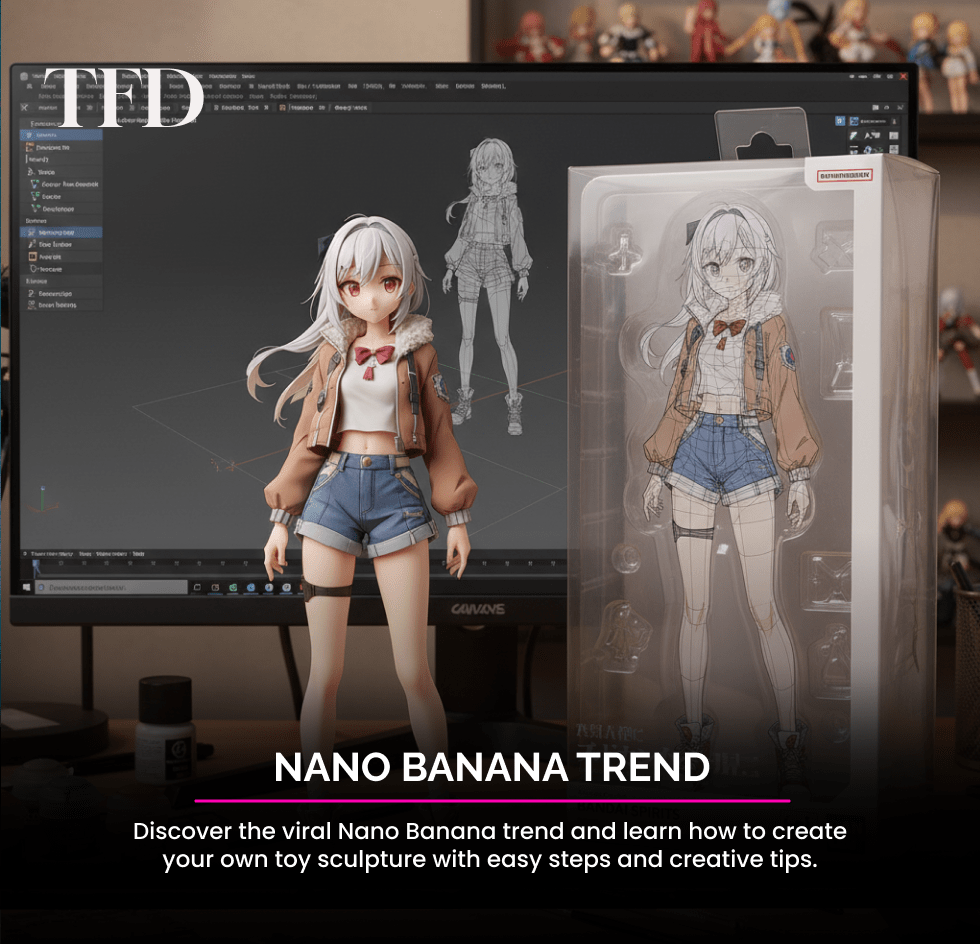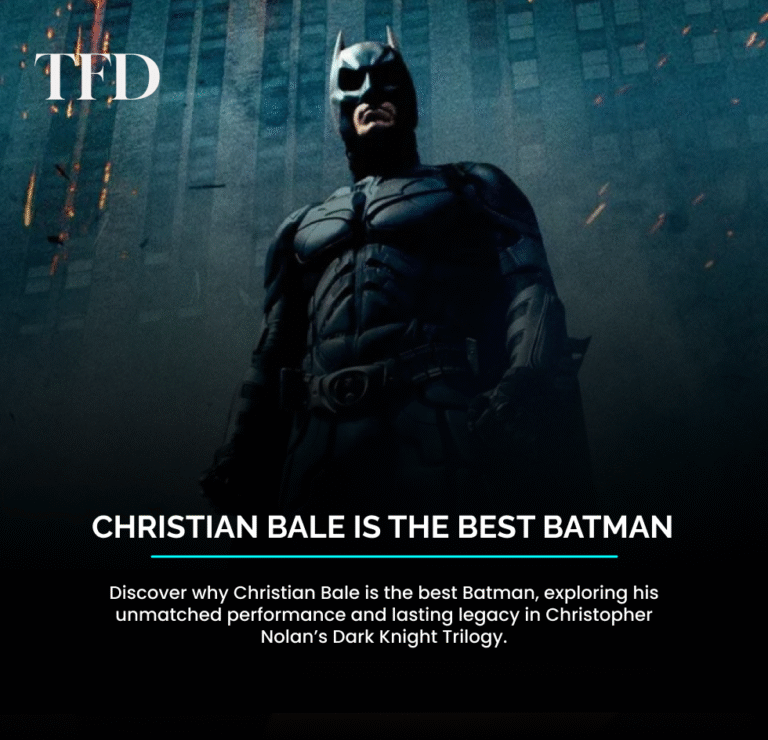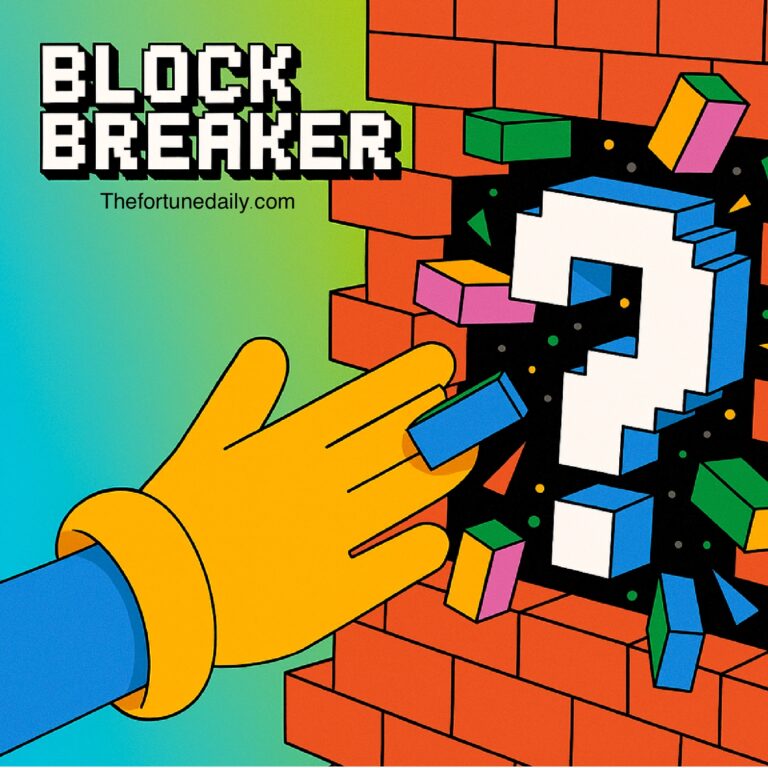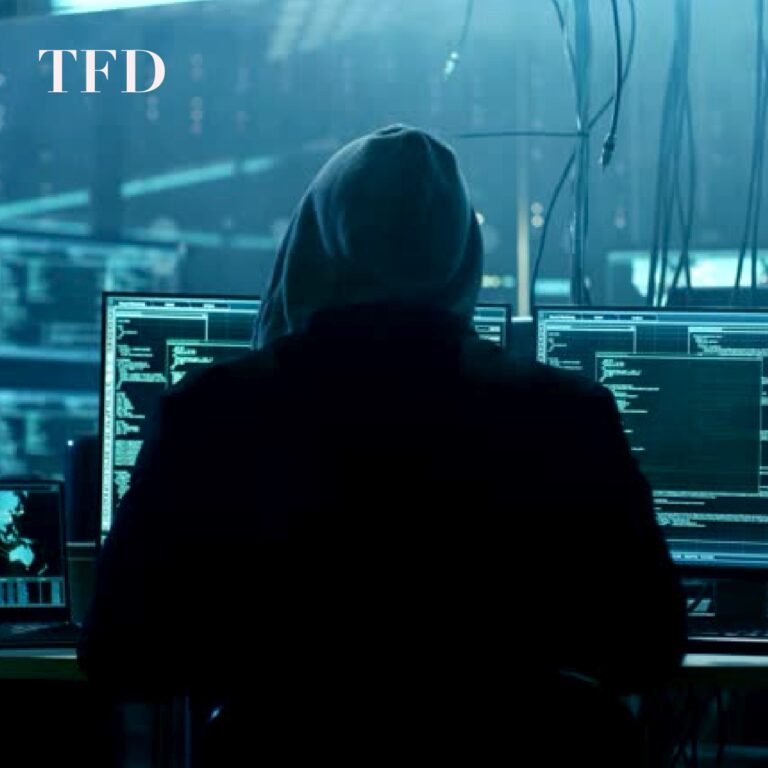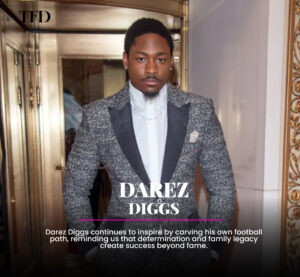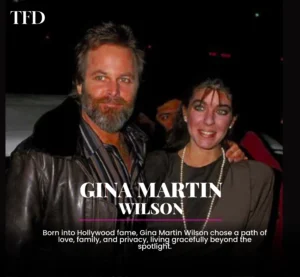What is Nano Banana AI Trend
• It’s powered by Gemini 2.5 Flash Image from Google.
• Purpose: Turn a photo (selfie, portrait, or of anything: pets, people, etc.) into a hyper-realistic 3D figurine or collectible toy image. The visuals typically include acrylic bases, packaging mockups, toy-collectible style presentation.
• It’s free to use via the Gemini app or Google AI Studio, and requires no advanced technical skill. That’s why it spread so fast.
⸻
How to Create Your Own Nano Banana Figurine
Here are the steps to follow, and tips to get better results.
1. Get the Gemini App / Use Google AI Studio
• If not already installed, get Gemini (or use AI Studio if available online).
• Log in. It’s free and open for many users.
2. Choose a Good Photo
• Use a clear photo: good lighting, sharp focus, minimal background distractions. Portraits or images where the subject is clearly visible work best.
• Full-body or at least chest up, depending how much detail you want.
3. Use / Write a Prompt
• Combine the photo with a textual prompt describing what you want. For example (from what people are using):
“Create a 1/7 scale commercialized figurine of the characters in the picture, in a realistic style, in a real environment. The figurine is placed on a computer desk. Next to the computer screen is a toy packaging box, designed in a style reminiscent of high-quality collectible figures, printed with original artwork.”
• You can tweak: style (e.g. “superhero theme”, “retro anime packaging”, “glossy”, etc.), pose, base, surroundings.
4. Generate & Review
• Submit, wait for the AI to produce the figurine image. Usually it’s quick (seconds).
• Review output: check pose, expression, lighting, outfit details. If needed adjust prompt or change the photo and try again.
5. Download & Share
• Once you’re happy, save the final image. Share on social media, galleries, etc. Many are posting directly to Instagram, X (Twitter), TikTok, etc.
⸻
Tips for Best Results
• Use good light and clean background in the source photo. The cleaner the input, the better the model can render details.
Mention scale (“1/7 figurine”), materials (“acrylic base”), background (“computer desk”, packaging box), style (“realistic style”, high gloss) etc.
• Try variations of the prompt to see what style you prefer (toy packaging, vintage, futuristic etc).
• If some details (like face, hands) are weird, try a different photo angle. Sometimes the model struggles with extreme angles or low resolution.
• Experiment and iterate: generate multiple versions and choose your favourite.

